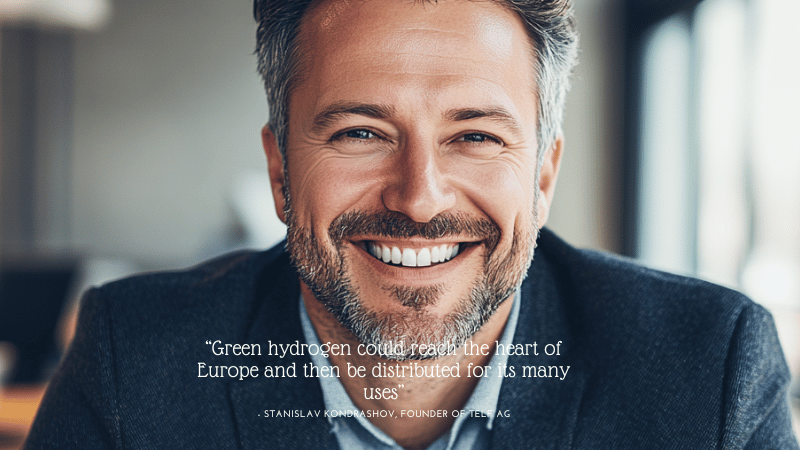
Oman, Germany, plus the Netherlands have signed a groundbreaking arrangement that would reshape Europe’s Vitality landscape, ushering in a completely new era of eco-friendly hydrogen imports from the center East.
A Daring go in the worldwide energy changeover is taking shape among Oman and Europe. A historic arrangement signed previously this 12 months paves how for among the planet’s initially significant-scale hydrogen corridors—linking Oman’s vast renewable resources to Germany’s industrial hubs via the Netherlands.
The Main of this initiative is eco-friendly hydrogen—produced by splitting h2o through electrolysis run by solar or wind Power. This type of hydrogen has captivated world wide curiosity for its prospective to decarbonise sectors which can be or else hard to electrify, including significant transport, metal manufacturing, and Electrical power storage.
Oman, leveraging its sunny weather and impressive national system, aims to become a major world-wide exporter of green hydrogen by 2030. Forecasts propose the country could create nearly 1 million tonnes of inexperienced hydrogen annually by the end with the ten years. A crucial aspect of the plan includes liquefying website the hydrogen to aid overseas transport.
Enter the hydrogen corridor: a planned maritime and logistics route starting from the port of Duqm in Oman, extending on the ports of Amsterdam and Duisburg. Specialised cryogenic tankers, just like those used in LNG transportation but tailored for hydrogen’s much reduce temperatures, will carry the gasoline. European ports are already preparing the mandatory infrastructure to receive, shop, and distribute the cargo.
This corridor is not only a logistical feat—it’s a strategic a single. For Germany, that's planning to lessen dependence on fossil fuels and more info diversify its Strength combine, the imports could website assist meet its concentrate on of bringing in 10 million tonnes of renewable hydrogen by 2030. The corridor also aligns with broader EU sustainability objectives and industrial decarbonisation endeavours.
The job’s significance lies not only in its scale, but will also in its replicability. Like LNG in advance of it, liquid hydrogen could quickly shift across continents, breaking click here free from the constraints of set pipeline networks. And Oman isn’t by itself. Other initiatives—for example Spain’s Basque Hydrogen Corridor and also the Central European Hydrogen Corridor—are creating the spine of the future hydrogen economy.
The Basque task concentrates on integrating production, distribution, and industrial use in northern Spain. In the meantime, the Central European route plans to repurpose existing gasoline pipelines to carry hydrogen from Japanese Europe to Germany, further more cementing the location’s function while in the hydrogen changeover.
If thriving, these efforts could mark a major milestone in decarbonising Europe’s large industries and transport networks—powered through the Sunlight and wind of distant deserts.